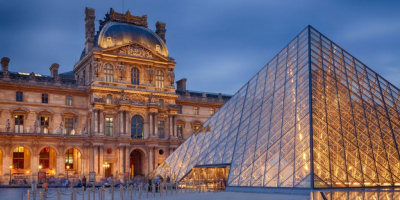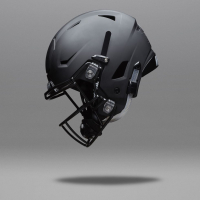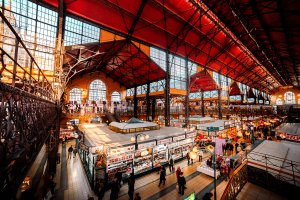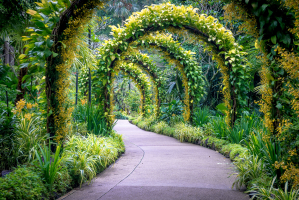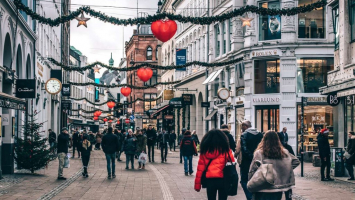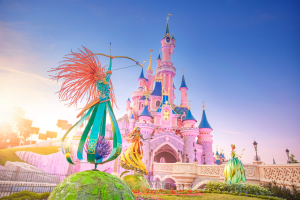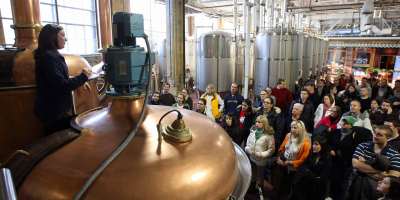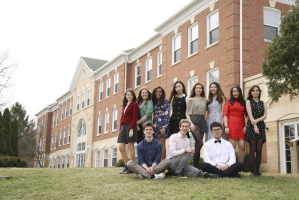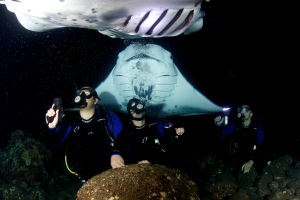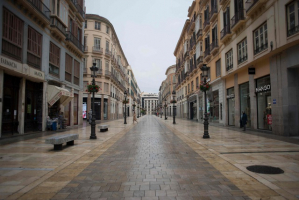Top 13 Best Science Museums In The World
Benefiting from the various technological advances, science museums across the country have established themselves as the top tourist attractions. They deliver ... read more...immersive and unforgettable experiences that provide detailed insight into various topics catering to a broad range of interests. This article will list the top best science museums in the world.
-
If you grew up anywhere near Seattle, chances are you took a field trip or two to the Pacific Science Center in school. Pacific Science Center is an independent, non-profit science center in Seattle with a mission to ignite curiosity and fuel a passion for discovery, experimentation, and critical thinking.
Hands-on displays like Play lab and Tinker Tank, as well as special events like Meet a Scientist, keep kids enthralled at this attraction under the Space Needle. The Pacific Science Center offers a variety of activities for adults to enjoy, including a year-round, 4,000-foot butterfly exhibit as well as changing exhibitions like model railroad shows. A planetarium, an Imax cinema, and nightly laser displays are additional amenities at the Pacific Science Center. It's understandable why the Seattle landmark receives 1.1 million visitors each year and accolades from groups like the American Alliance of Museums. Watching live science shows, math and science mashup videos, and other things online.
Today, the Pacific Science Center is composed of eight buildings, including two IMAX theaters, one of the world's largest Laser Dome theaters, a tropical butterfly house, a planetarium, and hundreds of hands-on science exhibits. In addition to a number of permanent exhibits the center also hosts a variety of traveling and temporary exhibits.
Location: Seattle, Washington
Time open: 10:00 a.m - 5:00 p.m
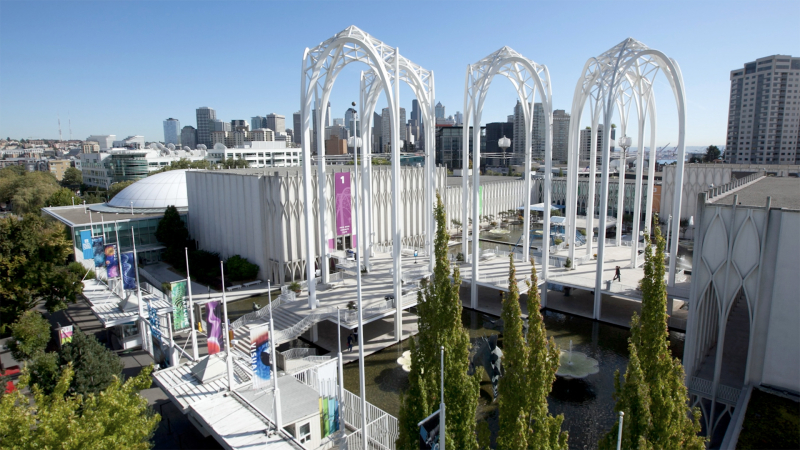
pacificsciencecenter.org 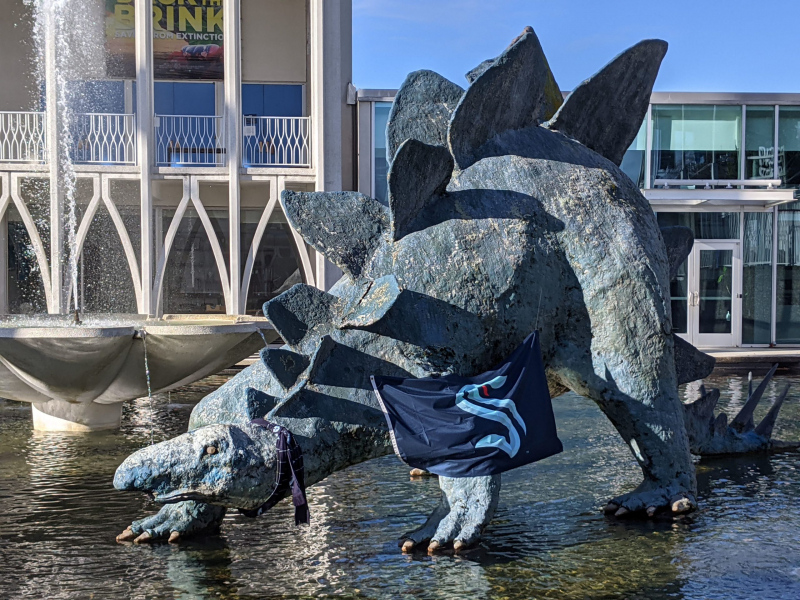
Seattle's Child -
One of the more adult-oriented museums on this list is the National Air and Space Museum in Washington, D.C., which is part of the amazing Smithsonian Institution. The Air and Space Museum spans two buildings, with the main campus in D.C. and the Steven F. Udvar-Hazy Center in Chantilly, Virginia. The main museum is undergoing a massive renovation, with plans to be open to the public toward the end of 2022. When it reopens, it will feature 23 reimagined exhibits with over 1,400 new pieces on display.
For the enjoyment of the more than 8 million guests who enter its doors each year, the National Air and Space Museum also presents changing exhibitions, talks, and events. The National Air and Space Museum's admittance is always free; no tickets are required. STEM in 30 and many teaching materials are available online. You won't believe this collection of peculiar items humanity have left behind on the moon, speaking of space. With exhibits on the moon landing and the Wright Brothers' initial flights, visitors may learn not only about the science of air and space travel but also about its historical development.
Location: Washington, D.C.
Time open: 10:00 a.m - 5:30 p.m
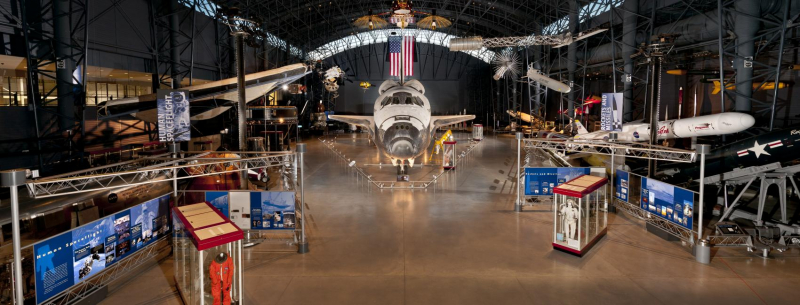
National Air and Space Museum 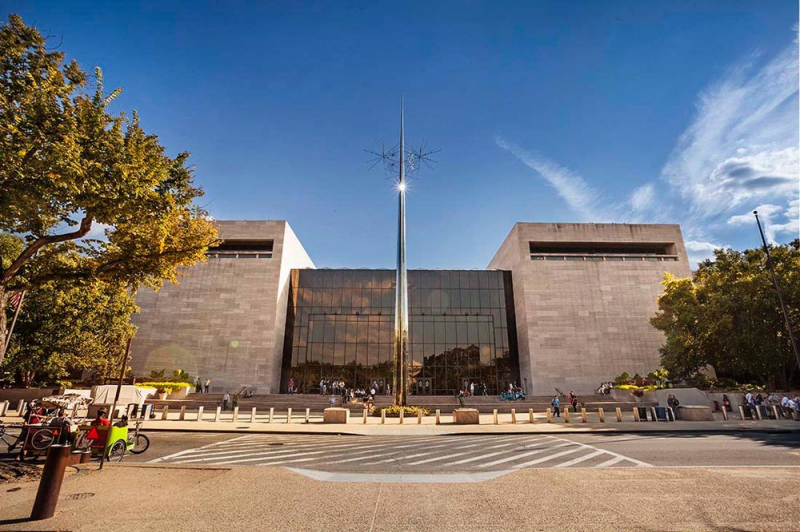
Washington DC -
The Oregon Museum of Science and Industry is affectionately referred to by locals simply as, OMSI. Located on the Willamette River, it’s one of Portland’s most popular tourist attractions. It contains three auditoriums, including a large-screen theatre, planetarium, and exhibition halls with a variety of hands-on permanent exhibits focused on natural sciences, industry, and technology. Transient exhibits span a wider range of disciplines. OMSI contains both an ultra-large-screen theater (which replaced an OMNIMAX theater in 2013) and a large auditorium with a stage where annual events such as science fairs occur. Science fairs that take place in the main auditorium include OHSU's Brain Awareness, Safety Safari, and the Reptile and Amphibian Show. The auditorium is also used for private events.
With more than 200 interactive exhibits, a theater, and one-of-a-kind tours or overnight camp-ins aboard the U.S.S. Blueback Submarine, OMSI focuses on the interface of science, design, and technology. There are also revolving exhibits honoring subjects like biodiversity, fine art and science, and conservation. The nature lab's interactive activities are a hit with kids, and the museum hosts the biggest museum-based touring scientific displays program in the country.
Location: Portland, Oregon, United States
Time open: Tuesday - Sunday: 9:00 a.m - 17:30 p.m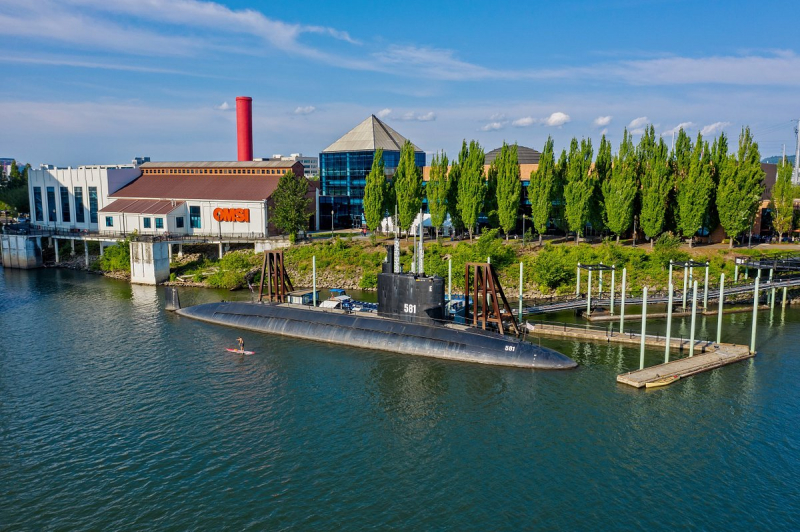
TripAdvisor 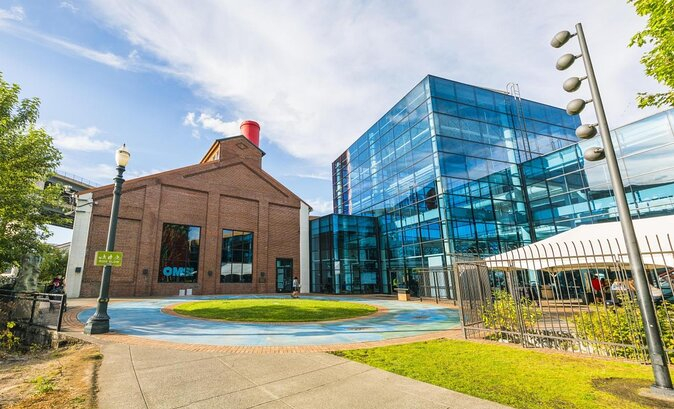
Viator -
The California Academy of Sciences is a research institute and natural history museum in San Francisco, California, that is among the largest museums of natural history in the world, housing over 46 million specimens. The Academy began in 1853 as a learned society and still carries out a large amount of original research. The institution is located at Golden Gate Park in San Francisco. The new building emphasizes environmentally friendly design, keeping with the Academy's focus on ecological concerns and environmental sustainability. It received Platinum certification under the LEED program.
The fabulous California Academy of Sciences features a planetarium, a rainforest, a natural history museum, and an aquarium all in one place. It resembles traveling the globe without leaving the city. It is the location of a well-liked lecture series for elementary school students that covers topics like expert birdwatching and engineering. STEM in 30 and many teaching materials are available online. Cal Academy is one of the museums where you can spend the night and provides adult nightlife activities.
Location: San Francisco, California.
Time open: Monday to Saturday: 9:30 am - 5 pm.
Sundays: 11 am - 5 pm.25th December and Thanksgiving: closed.
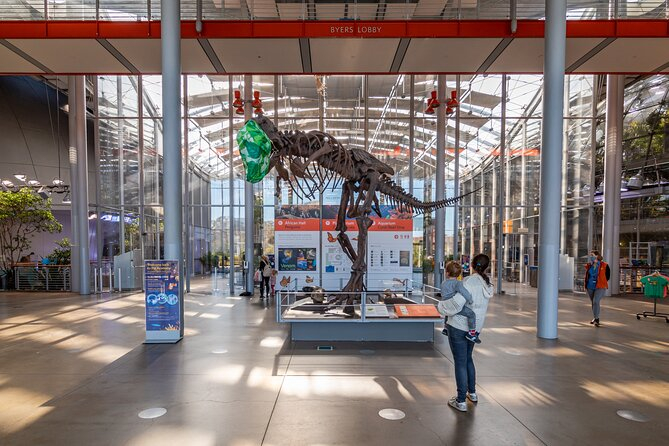
Viator 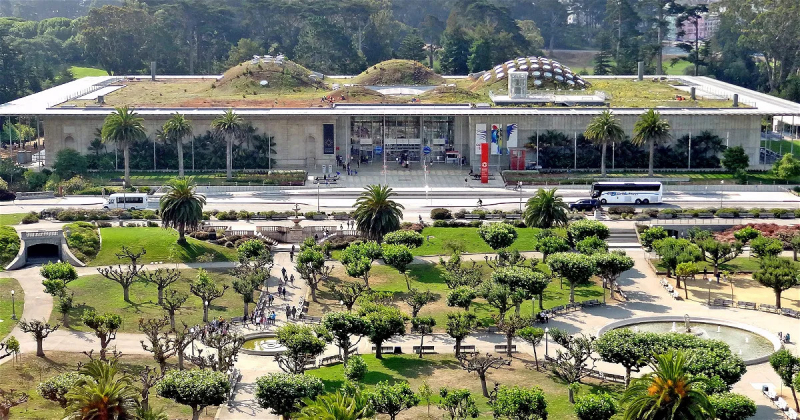
WhichMuseum -
The American Museum of Natural History (abbreviated as AMNH) is a natural history museum on the Upper West Side of Manhattan in New York City. In Theodore Roosevelt Park, across the street from Central Park, the museum complex comprises 26 interconnected buildings housing 45 permanent exhibition halls, in addition to a planetarium and a library. The museum collections contain over 34 million specimens of plants, animals, fossils, minerals, rocks, meteorites, human remains, and human cultural artifacts, as well as specialized collections for frozen tissue and genomic and astrophysical data.
One of the top dinosaur museums in the world, the American Museum of Natural History is renowned for being much more than that. The museum also has a butterfly house, the biggest meteorite ever discovered in the country, an exhibit on Alaskan brown bears, and much more. The museum also has a planetarium and a huge screen for movies. Rotating displays have already celebrated everyone from Einstein to mummies. While general admission is $23 for adults, it is $13 for kids, $18 for seniors, and $23 for children. Don't worry if that seems too high. The option of paying what you can for entrance at the ticket booths is also available. If you’ve got the time, after your trip to the museum, check out these free things to do in New York City.
Location: Central Park West, New York, US
Time open: 10 am–5:30 pm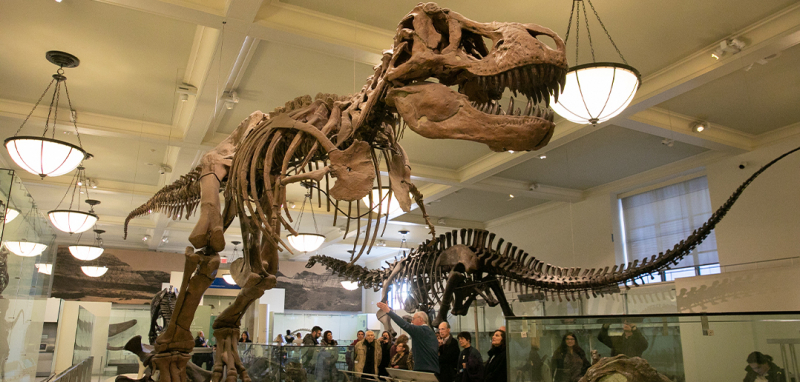
Fordham News - Fordham University 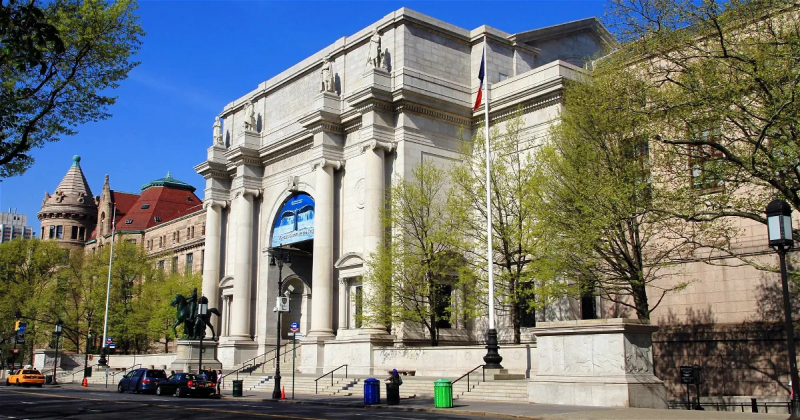
WhichMuseum -
The Shanghai Science and Technology Museum is located in China and is devoted to popularizing science and making it more approachable by putting a special emphasis on themes of harmony, nature, humanity, and technology. With more than 3.5 million visitors each year, it is the Shanghai museum that receives the most tourists. One of the tallest skyscrapers in the world is located in Shanghai. One of the most popular museums in China. Despite a 72 percent drop in attendance from 2019, due to limitations and decreased tourism brought on by the COVID-19 epidemic, it saw 1,351,000 visitors in 2020.
Permanent exhibits focus on the animal world, space, light, human beings, and an interactive children’s playground. In addition, there’s an Imax Theater and rotating exhibitions showcasing everything from pottery to photography along with activities like science shows and training camps. The Shanghai Science and Technology Museum in China is enormous with 13 permanent exhibitions ranging from the "World of Robots" to the "Children's Rainbow Land". It has four giant science theatres, two of which are IMAX, and some China-specific exhibitions like its "Spectrum of Life" display on the biodiversity of the Yunnan province. It first opened in 2001, with its final phase of construction completed in 2010, and has become one of the city's most visited attractions. The museum is dedicated to the popularization of science, with an intended theme of the harmony of "Nature, Mankind, and Technology" like the overall building design, the original exhibits were designed by Creative Star Digital.
Location: Shanghai, China
Time open: 09:00 am - 17:15 pm. It is closed on Monday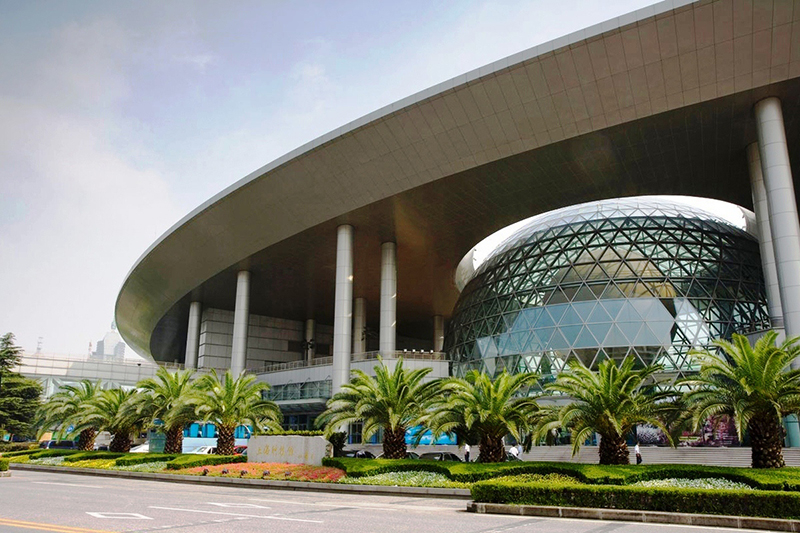
Meet-in-Shanghai.net 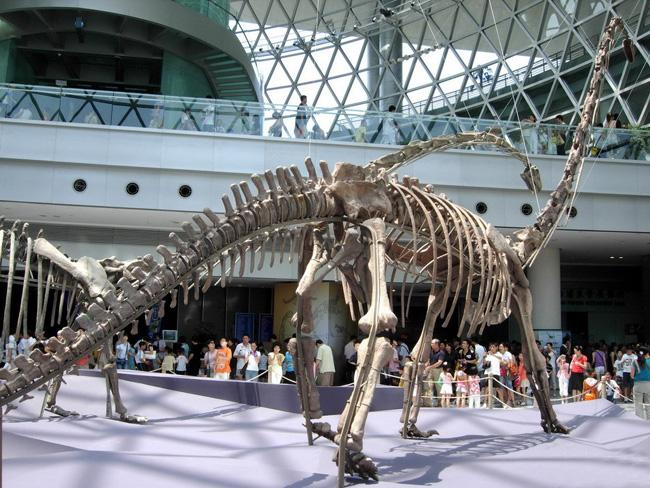
m.visitourchina.com -
The Museum of Tomorrow in Rio De Janeiro, Brazil, certainly lives up to its name. The Roberto Marinho Foundation funded its construction, which cost about 230 million reais. On December 17, 2015, President Dilma Rousseff attended the building's opening. The exterior is futuristic and reminiscent of life in the universe in the future.
The museum integrates science and art and focuses on why change is necessary to reverse climate change to avoid further denigrating the environment and social collapse and solutions for a better future. It’s a heady subject, told through a series of exhibits and interactive experiences. Since we’re on the topic of the future, here are things in your home that won’t exist in 10 years. The Museum’s exhibits will address issues including population growth and increased life expectancy, consumption patterns, climate change, genetic engineering and bioethics, the distribution of wealth, technological advances, and changes in biodiversity. The permanent exhibition is curated by physicist and cosmologist Luiz Alberto Oliveira and designed by Ralph Appelbaum, with the artistic direction of Andres Clerici.
Location: Rio De Janeiro, Brazil
Time open: from Tuesdays to Sundays, from 10 a.m. to 6 p.m.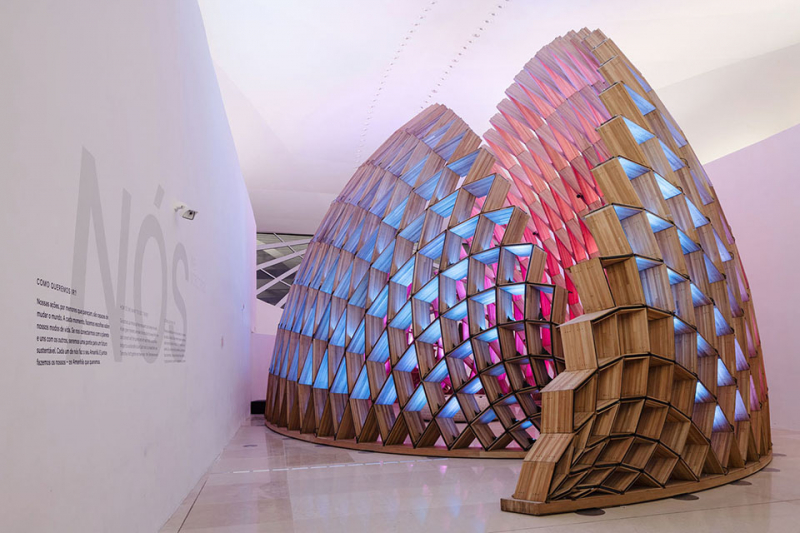
Color Kinetics 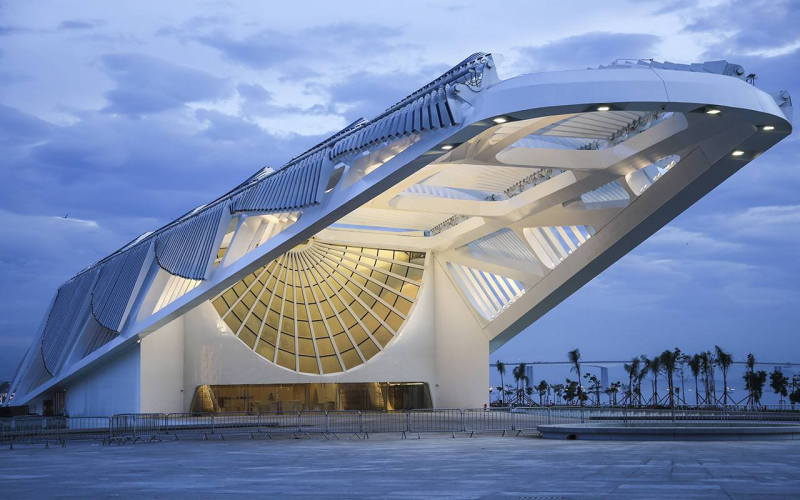
Museu do Amanhã -
The ArtScience Museum is a museum located in the Marina Bay Sands integrated resort in Singapore's Downtown Core. The world's first ArtScience museum, offering significant exhibitions that combine art, science, culture, and technology, was inaugurated on February 17, 2011, by Prime Minister Lee Hsien Loong of Singapore.
The museum's focus is on the nexus between art and science, and it offers everything from late-night musical concerts to an engaging talk series to changing exhibitions on Disney animation and Singapore's future. Even better, their movie Into the Wild won a Webby Award. On family Fridays, they also provide interactive workshops, educational initiatives, and unique activities. Entering the ArtScience Museum, you will be delighted to see the latest collections in the world. Depending on the time, you will be able to admire the works of art, installation art performances, seasonally themed exhibitions, etc. All will create a journey of technical and scientific discovery, fine arts, and complete art in the island nation of lions.
Location: Bayfront Ave, Singapore
Time open: 10:00 a.m - 19:00 p.m
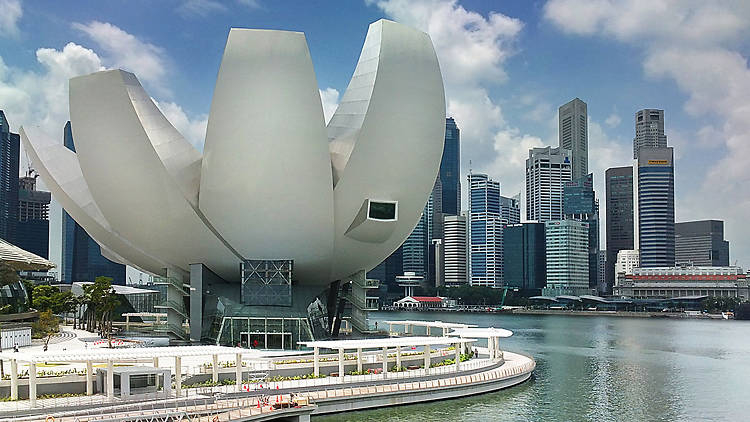
Time Out 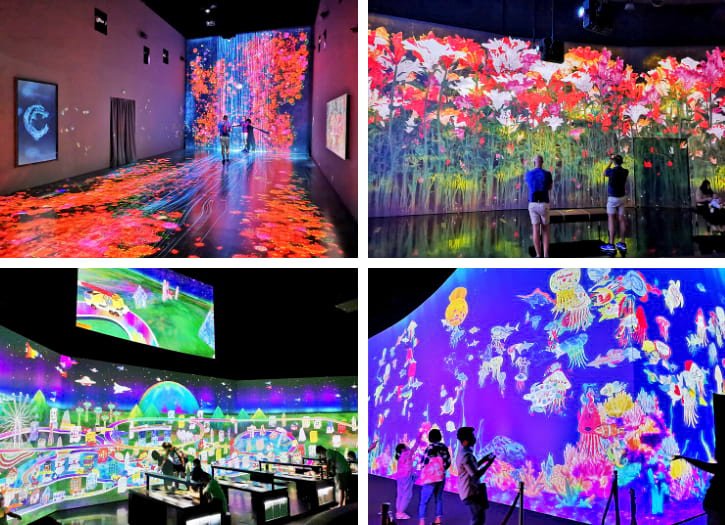
Prepare Travel Plans -
The Ontario Science Centre in Toronto is one of the finest museums in Canada. Popular permanent exhibits include Kidspark, where children can build their own rollercoaster, play musical instruments, or blow giant bubbles. Ontario Science Centre in Toronto, Canada first opened its doors in 1969 and was one of the pioneers of the "hands-on" approach to museums.
There are several hundred interactive and passive permanent exhibits at the science center, including ones on geology, astronomy, the science of nature (in the west wing), how to perform music and technology, human anatomy, communication and bias, and a few other scientific artifacts. Other displays focus on the human body, outer space, Canadian forests, and how preconceived notions and prior prejudices can affect scientific inquiry. The Ontario Science Centre has a planetarium, an Imax Omni dome theater, and a summer program for kids. The Ontario Science Centre receives more than a million visitors each year. One of Toronto's most well-liked tourist destinations, the museum has received nearly 52 million visitors since its opening.
Location: Toronto, Ontario, Canada
Time open: 10:00 a.m - 16:00 p.m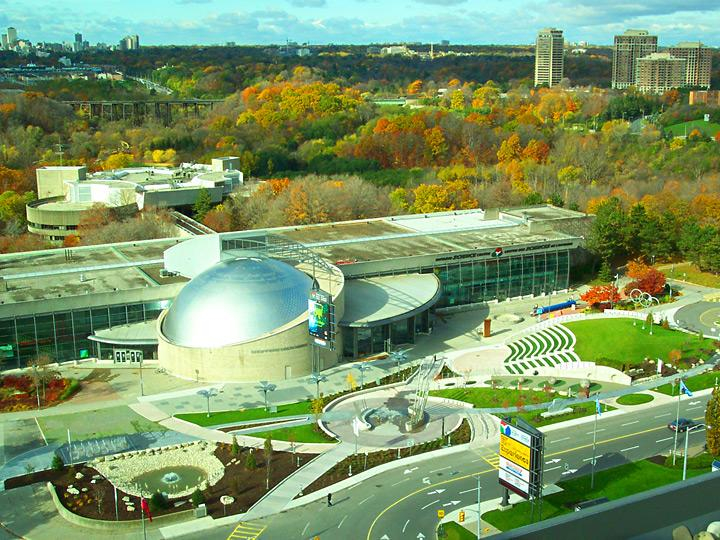
Moms Pump Here 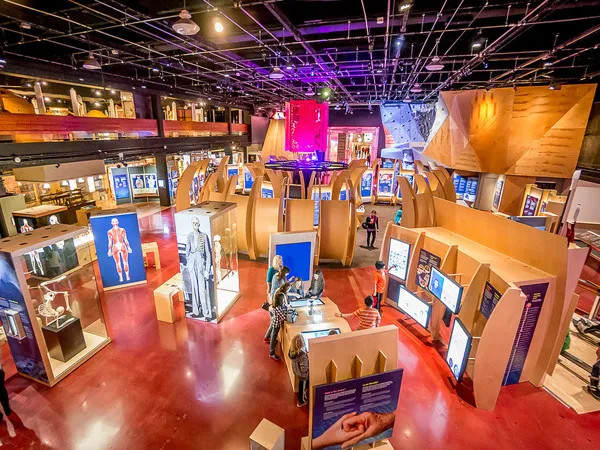
Urbaneer -
London is home to the Natural History Museum, one of the best science museums in the world. The main campus is the stunning, historical, Alfred Waterhouse building, which was built in 1881, and is well worth a visit all by itself. Featuring awe-inspiring exhibits all wrapped up in a masterpiece of architectural design, this museum is a must-visit for anyone who travels to London. Permanent exhibits focus on subjects like space, human evolution, British wildlife, and dinosaurs, and rotating exhibits have included wildlife photography and fun nods to Harry Potter. One of the most famous and certainly most prominent of the exhibits—nicknamed "Dippy"—is a 105-foot (32 m)-a long replica of a Diplodocus carnegii skeleton that was on display for many years within the central hall. But the recent replacement of "Dippy" the Diplodocus with a Blue Whale skeleton does dampen the museum's "magic".
The Natural History Museum in London first opened in 1881 and hosts over 5 million guests a year and admission is always free. If you’re visiting London, stop by Windsor Castle after you read these wild secrets about it.
Location: London
Time open: 10 am–5:30 pmz
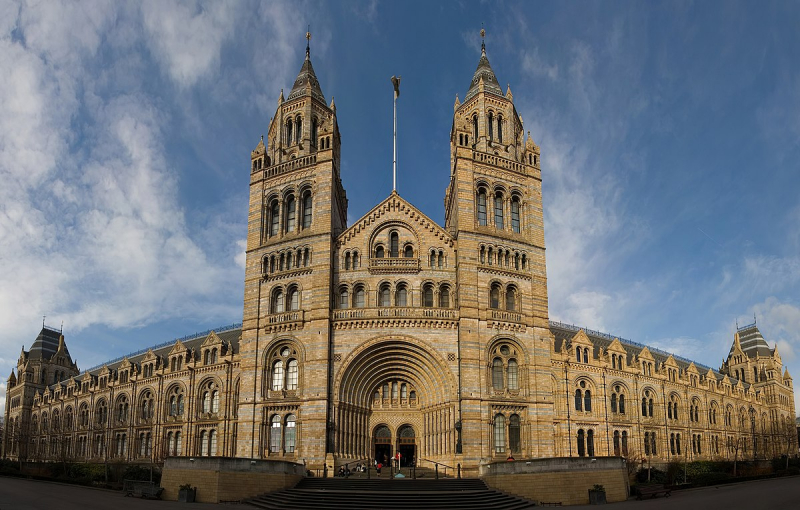
Wikipedia 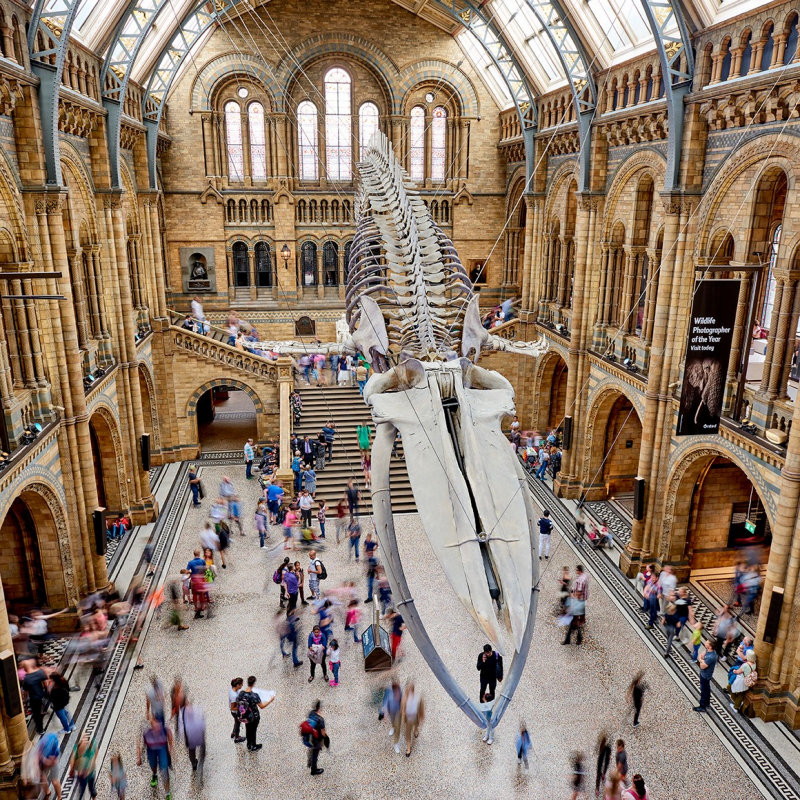
Natural History Museum -
The Franklin Institute is a science museum and the center of science education and research in Philadelphia, Pennsylvania. It is named after the American scientist and statesman Benjamin Franklin. It houses the Benjamin Franklin National Memorial. Founded in 1824, the Franklin Institute is one of the oldest centers of science education and development in the United States.
The Franklin Institute Science Museum is the centerpiece of the Franklin Institute's Science Center. The goal of the Franklin Institute Science Museum is to arouse interest in and a love of learning about science and technology in the spirit of inquiry and discovery personified by Benjamin Franklin. The Science Museum has the largest collection of items from the Wright brothers' workshop among its other exhibitions.
There’s an electricity exhibit, of course, but also exhibits on the human body, machines, climate change, and physics. The museum also contains a planetarium and the Benjamin Franklin Memorial. On the rooftop, you’ll find the Holt & Miller Observatory.
Location: Philadelphia, Pennsylvania
Time open: 9:30 AM - 5:00 PM
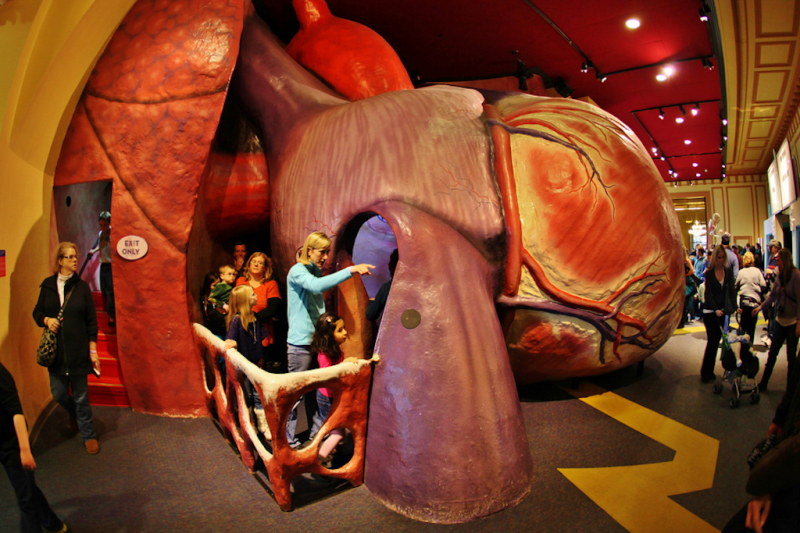
Time Out 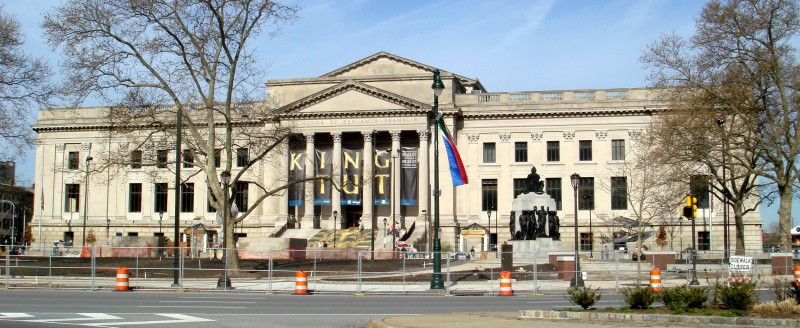
Wikipedia -
The Museum of Science in Boston has exhibits covering various science specialties. Check out the Hall of Human Life to learn about biology, or visit Dinosaurs to view dozens of fossils, including one of a triceratops from 65 million years ago.
A planetarium, live animals, an insect zoo, and exhibits on color, space, arithmetic, and engineering are all features of the museum. The history and science of vaccines are examined in their most recent exhibit. Visitors can attend a variety of free live programs at the museum, including interactive exhibits and live animal show-and-tell sessions. Highlights include an indoor lightning show and overnights for students with adult chaperones. The museum has also received a Cisco Award for its efforts to help teachers integrate engineering into their curriculum. The Museum of Science welcomes 1.5 million visitors a year. Boston isn’t just big on science, it’s also one of the best American cities for history buffs.
The Museum of Science offers translators, narrated tours, and aided listening devices as part of its effort to make its museum accessible. Elevators and wheelchair-accessible pathways are available, however, regrettably, not all of the exhibits are wheelchair-accessible.
Location: Boston, Massachusetts
Time open: 9:00 am – 5:00 pm
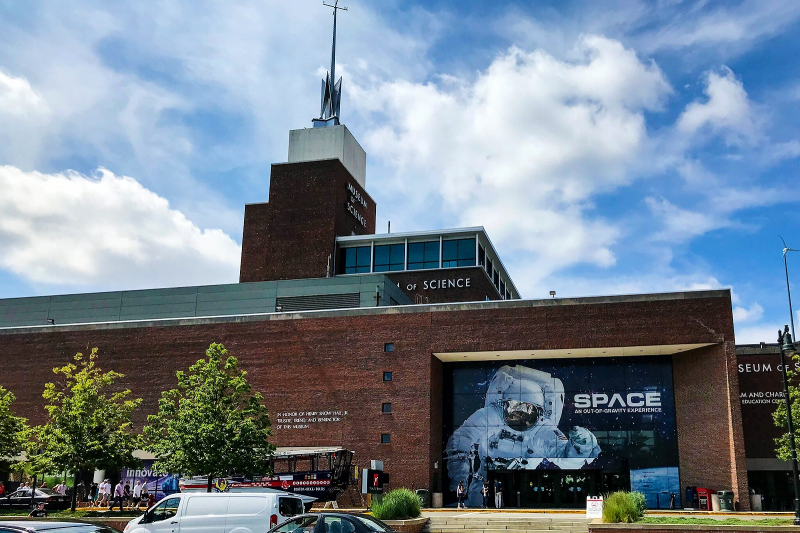
Hotels.com 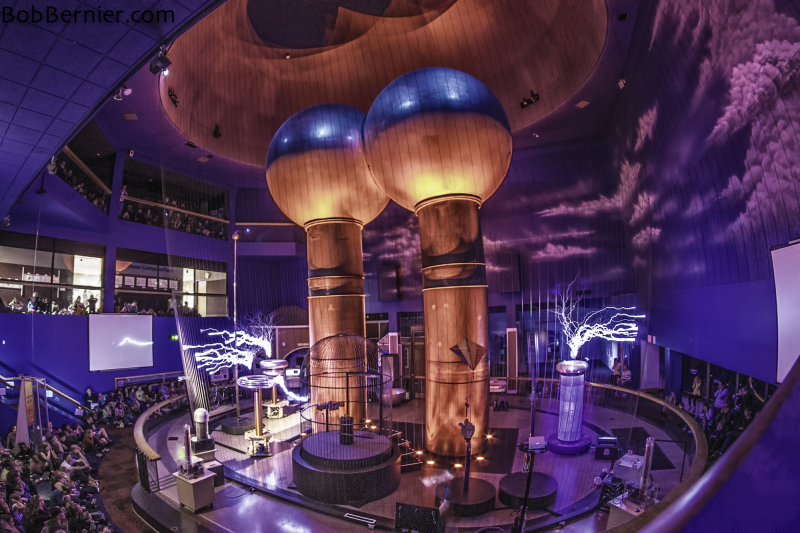
ArtNexus -
When visiting the Windy City, the Museum of Science and Industry is a must-see. The museum features unique and hands-on exhibits for all ages. Climb inside the 1960s 747, a German U-505 submarine, or one of America’s first diesel-electric passenger trains.
You can also visit the baby chick hatchery or dissect a cow eyeball. Furthermore, explore Yesterday’s Main Street, a detailed 1910 Chicago street scene, or the dizzying Numbers in Nature mirror maze. The museum has over 2,000 exhibits, displayed in 75 major halls. The museum has several major permanent exhibits.
Kids ages ten and under will love the interactive experiments in the Idea Factory. Multiple restaurant options will satisfy even the pickiest of eaters, and those bringing their lunches can take a break at one of the designated seating areas.Location: Chicago
Time open: 9:30 a.m 5:30 p.m
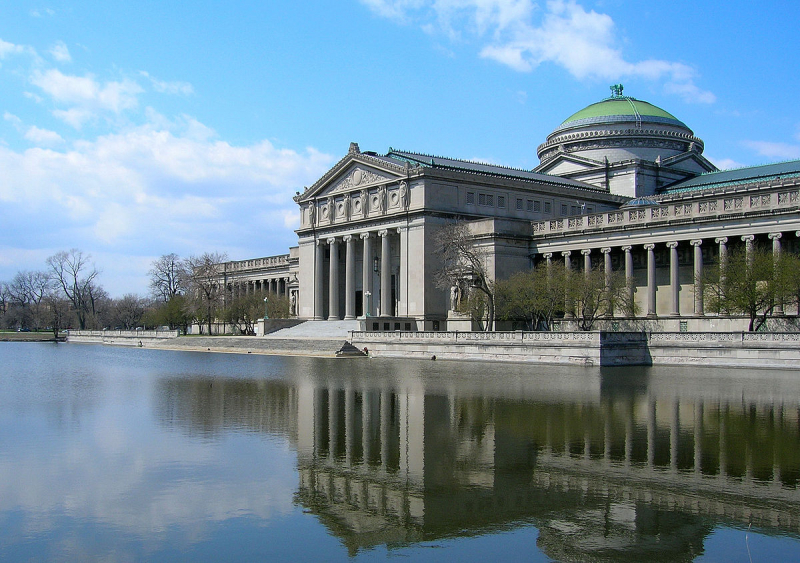
Wikipedia 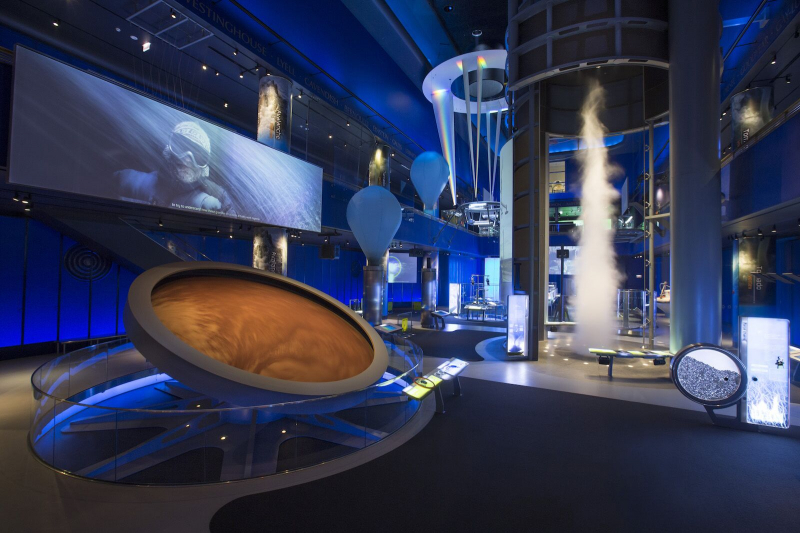
Matador Network















